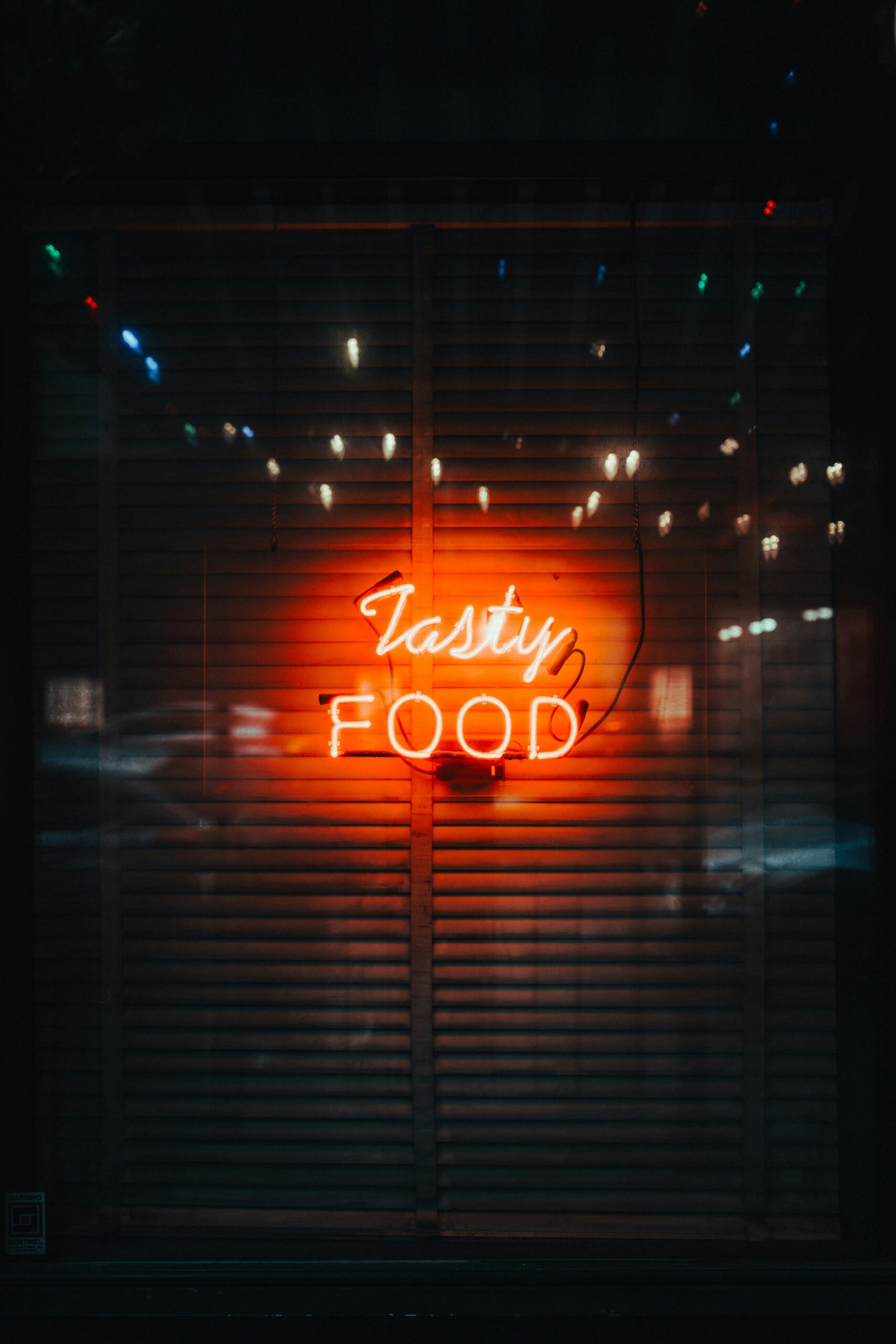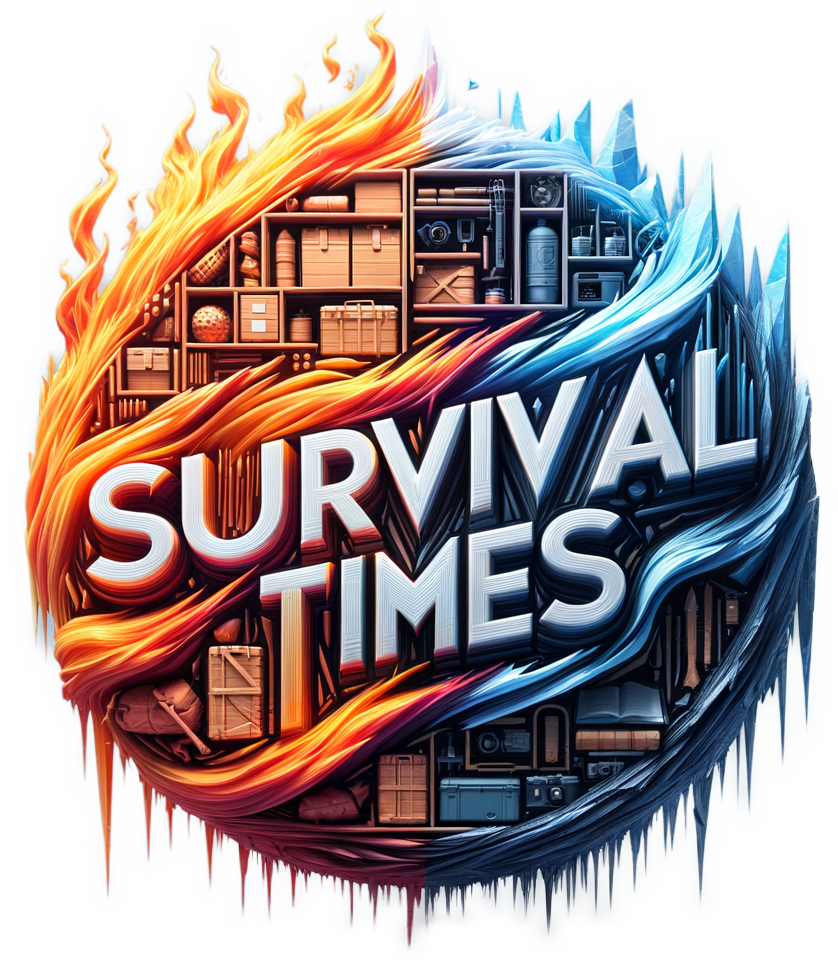Have you ever considered what steps you’d take if your emergency food supply were to get contaminated? It’s a situation no one wants to face, yet being prepared and informed can make all the difference. Ensuring your family has safe food during a crisis is crucial, but what happens when that lifeline is threatened? Let’s discuss practical steps, share insights on prevention, and explore some actions you might need to take if you ever find yourself dealing with contaminated emergency rations. This friendly guide aims to equip you with the knowledge needed to handle such an unfortunate event with confidence.
Understanding Food Contamination
Food contamination can occur from several sources, affecting the quality and safety of the food stored in your emergency supply. Knowing how to identify and address contamination can prevent health risks and ensure you have usable resources during emergencies.
Types of Contaminants
When it comes to food contamination, it’s essential to understand the different types of contaminants that could affect your emergency supplies. These can include biological, chemical, and physical contaminants.
-
Biological Contaminants: Involve bacteria, viruses, parasites, and molds that can make food unsafe to consume. These are often the result of improper storage or compromised packaging.
-
Chemical Contaminants: Includes pesticides, cleaning agents, or industrial chemicals that accidentally come in contact with the food. They can be extremely harmful if ingested.
-
Physical Contaminants: Refers to foreign objects found in food such as glass, metal, or plastic particles. While not always harmful, their presence indicates compromised packaging or handling issues.
Signs of Contaminated Food
Recognizing the signs of contamination is key to safeguarding your health. Some tell-tale signs include unusual odors, visible mold, discoloration, changes in texture, or bulging cans. Any of these signs should raise immediate concern.

What To Do If You Suspect Food Contamination
Dealing with suspected food contamination requires swift action to keep you and your loved ones safe. Let’s look at what your immediate steps should be if you encounter any warning signs.
Evaluate and Isolate
Start by evaluating the scope of the contamination. Identify all food items that appear compromised and remove them from your storage area immediately. Isolate these items to prevent further contamination of unaffected goods.
Conduct a Risk Assessment
Next, conduct a quick risk assessment to determine the severity of the situation. Consider the following questions:
- How many items are affected?
- What type of contaminant is present?
- What level of risk does the contaminant pose?
Answering these questions will guide you on the proper course of action to take.
Safely Dispose of Contaminated Items
Proper disposal is critical to prevent further risk. Bag and seal contaminated items tightly before placing them in a bin. Ensure that regular garbage disposal services remove these items rapidly from your property. If chemical contamination is suspected, check for specific disposal guidelines from local health authorities.

Preventive Measures
Implementing preventive measures is your best defense against food supply contamination. From the moment you store your food, there are steps you can take to ensure it remains safe and consumable throughout its storage life.
Optimal Storage Practices
To keep your emergency food supply safe from contamination, consider the following ideal storage practices:
| Storage Factor | Best Practices |
|---|---|
| Temperature | Store food in a cool, dry place away from sunlight. |
| Humidity | Maintain low humidity levels to prevent mold growth. |
| Packaging | Use airtight containers and check for any damage. |
Regular Inspections
Routine inspections can catch potential issues before they become serious problems. Schedule quarterly checks of your stored food, looking for any signs of spoilage or compromised packaging.
Keeping Pests at Bay
Pests can introduce contaminants into your food supply. Implement pest control measures by sealing storage areas properly and using natural repellents. Consider storing some food, like grains, in metal containers that pests cannot chew through.

Health Implications of Consuming Contaminated Food
Eating contaminated food can lead to several health issues, ranging from mild food poisoning to more severe illnesses. Knowing the potential risks highlights the importance of maintaining food safety.
Common Illnesses
Consumption of contaminated food often leads to gastrointestinal problems such as nausea, vomiting, and diarrhea. In more severe cases, it can cause neurological issues, kidney failure, or long-term health complications.
Importance of Seeking Medical Help
If you suspect anyone has consumed contaminated food and is experiencing symptoms, seek medical attention immediately. Quick intervention can mitigate the effects and provide proper care to the affected individuals.

Alternative Solutions If Supplies Run Short
Once contamination occurs, it might drastically reduce your food reserves. Planning for such eventualities is crucial, and alternative solutions can keep your household sustained throughout the emergency.
Supplementing Food Supplies
Consider having a plan to supplement your emergency food supply, perhaps with foraging, hunting, or fishing, if it’s safe to do so. Also, learn about local edible plants and their seasons, which can be a valuable resource in dire times.
Community and Neighborhood Support
Forming alliances with neighbors can create a resource system where shared duties and supplies help the community weather the storm together. Be open to exchanging resources and providing support to one another.
Emergency Aid Services
Familiarize yourself with local and national emergency aid services. They may offer critical resources and guidance during times of widespread shortage. Keep necessary contact numbers handy, so they’re accessible even if you don’t have internet access.

Lessons Learned and Future Preparations
Experiencing food supply contamination can be a valuable learning moment. Using it as an opportunity to improve your future preparations ensures you’re better equipped to handle emergencies.
Review and Refine Your Plan
After dealing with contamination, take time to review your current emergency food plan and identify weaknesses. This process creates an opportunity to refine and enhance your preparation strategies for the future.
Education and Skill Building
Building knowledge and skills related to food safety, preservation techniques, and identification of safe-foraging options can vastly improve your preparedness. Consider taking courses or participating in workshops to enhance your abilities.
Investing in Quality Supplies
Investing in high-quality, durable food supplies reduces the risk of contamination significantly. While it may be a larger upfront investment, quality products offer better security and reliability over the long term.
In conclusion, dealing with contaminated emergency food supplies is a situation best tackled through informed preparation and swift action. By understanding the nature of contaminants, implementing preventive measures, and having contingency plans, you ensure your household remains safe and resilient no matter the crisis. Remember, your preparedness not only protects your loved ones but also fosters a community of strength and support.

